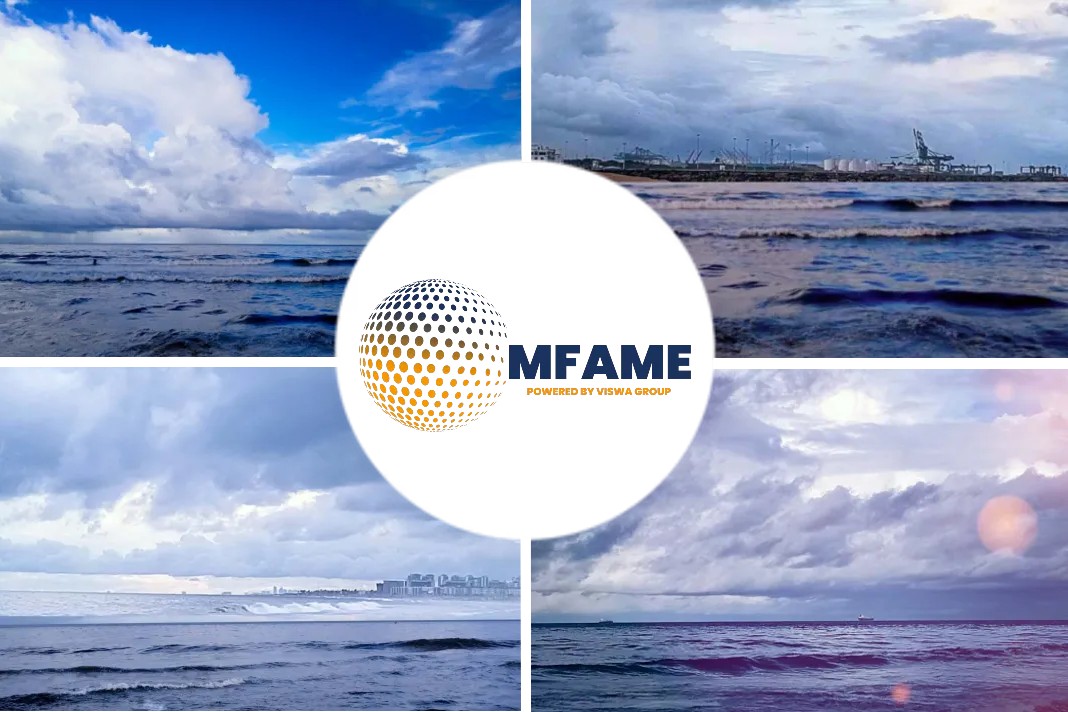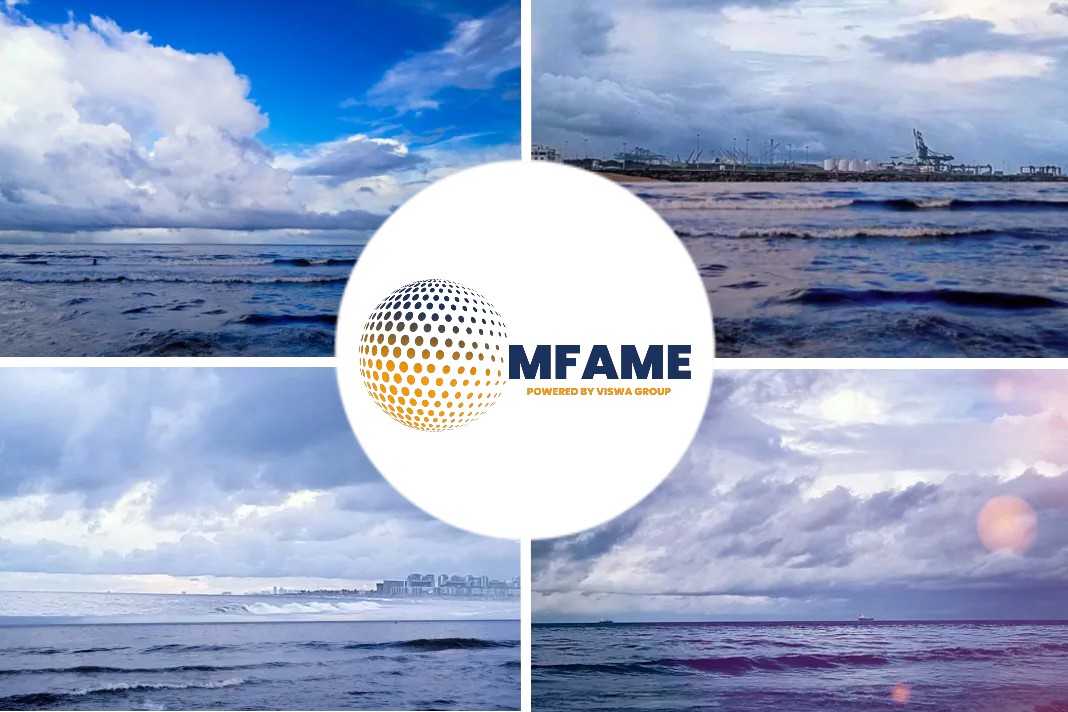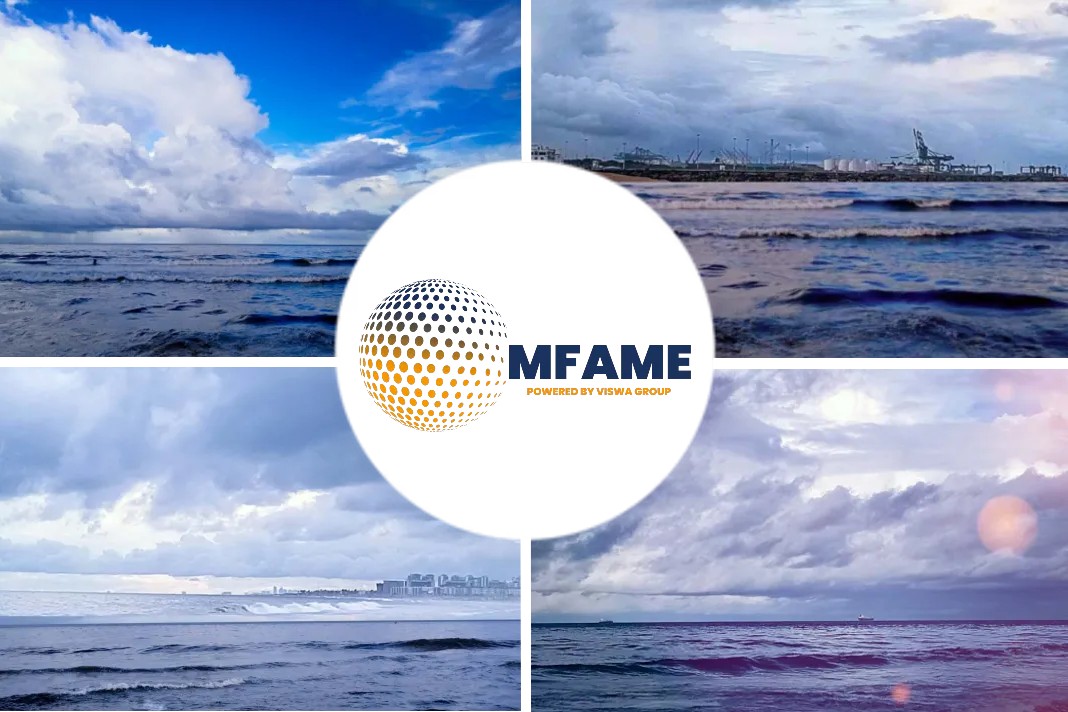Marine fuel prices top $1,000 per ton; ships with scrubbers save $300 per ton, reports FreightWaves.
Fuel prices break records
It’s not just the price diesel, gasoline and jet fuel that’s way up. The price of the marine fuel consumed by the world’s container ships, tankers and bulkers is breaking records.
The price of very low sulfur fuel oil (VLSFO) — the 0.5% sulfur content fuel that powers most commercial ships — just exceeded the price spike that occurred soon after Russia’s invasion of Ukraine.
According to data from Ship & Bunker, the average VLSFO price at the world’s top 20 bunker (marine fuel) ports was $1,042 per ton on Wednesday, double its price a year ago. (The previous record was $1,040.50 per ton on March 9.)
Scrubber investments pay off
In January 2020, the IMO 2020 rule required ships to switch to VLSFO (or even more expensive marine gas oil) unless they had exhaust gas scrubbers or burned liquefied natural gas. Ships with scrubbers could continue to use cheaper high sulfur fuel oil (HSFO) with 3.5% sulfur content.
According to Ship & Bunker data, the average top-20-ports spread between VLSFO and HSFO jumped to a record $314.50 per ton on Jan. 7, 2020, amid the IMO rule transition. The spread then collapsed during the first year of COVID, sinking to a mere $45 per ton on Nov. 2, 2020. At that point, multi-million-dollar investments in scrubbers looked like a mistake. No longer!
The spread is now flirting with a fresh high. HSFO known as IFO380 averaged $741.50 per ton on Wednesday at the top 20 ports. That put the VLSFO-HSFO spread at $300.50 per ton.
The situation is even more extreme at certain hubs. The VLSFO-HSFO spread at the key Asian bunkering hub of Singapore was $454.50 per ton.
At these spreads, scrubber investments are highly profitable.
Container shipping fuel effects
What does the marine fuel situation mean for vessel owners and operators?
In container shipping, fuel costs are passed along to cargo shippers with a lag effect via bunker adjustment factors (BAFs). These BAFs will be tacked on top of already record-high contract rates. The Q3 2022 BAFs of CMA CGM, Cosco, Evergreen and OOCL announced on Thursday jumped an average of 38% from this quarter and up 78% year on year.
Many of larger container ships handling longer-haul runs have scrubbers. According to Clarksons Platou Securities, 75% of on-the-water container ships with capacity of 17,000 twenty-foot equivalent units or more have scrubbers, as do 50% of 12,000- to 16,999-TEU ships (with significant further retrofits planned).
Lars Jensen, CEO of Vespucci Maritime, pointed out how ocean carriers with scrubber-equipped ships could profit from the spread.
Jensen recently wrote, “Most bunker fuel surcharges are linked to VLSFO price. This, de facto, means if a carrier has scrubbers on the vessels and BAFs linked to VLSFO, it is effectively getting paid by shippers for the high cost of VLSFO while at the same time buying the IFO380 [for] less and pocketing the difference.”
Did you subscribe to our daily Newsletter?
It’s Free! Click here to Subscribe
Source: FreightWaves


















